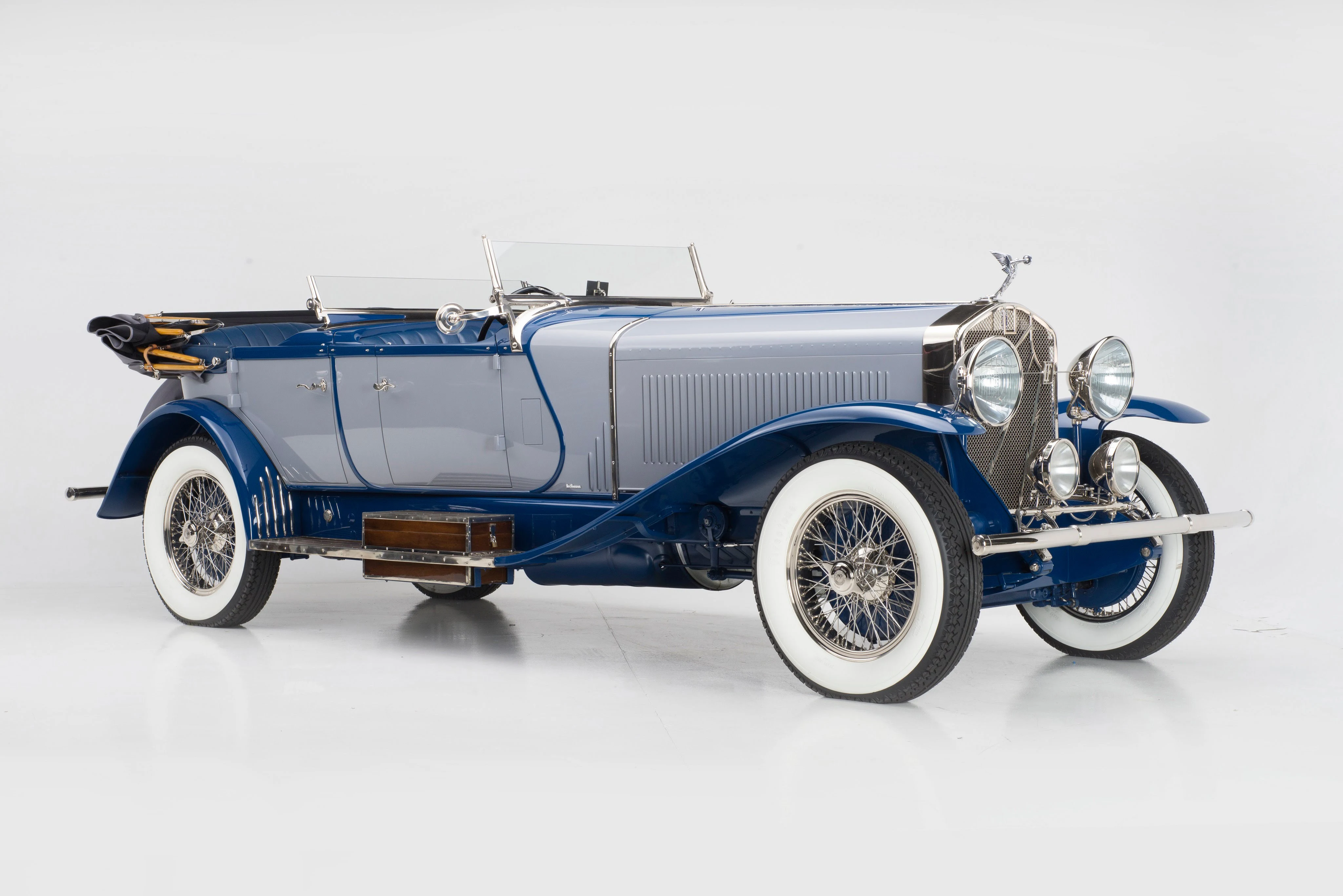The Nostalgia of Forgotten Gods: Isotta Fraschini, Italy, 1900-1949
30 March 2024 3 min read 4 images

Photo credit: Barrett-Jackson, Bonhams, Lopresto Collection
A promotional flyer by Isotta Fraschini published in the 1920s stated, "We made a commitment first and foremost to produce the best car possible in terms of quality and mechanical perfection". A statement that accurately summarizes what this brand represented in terms of pre-war technology, elegance and luxury. The Milanese Società d'Automobili Isotta Fraschini & Soci was initially involved in the sale of Renault cars powered by De Dion, Mors and Pieper engines, but in 1903 it launched the first model with mechanics manufactured by Isotta Fraschini. The engine, capable of 24 hp, was excellent and by 1905 the brand had well established its reputation.

Under the technical direction of Giustino Cattaneo the successes were not only of a commercial but also of a sporting nature: The Italian brand first entered the affluent American market with a speed record in 1908 and with a successful participation in the Indianapolis 500 in 1913. The Tipo 8 and the subsequent 8A and 8B versions, executed by the most prestigious coachbuilders of the time, such as Castagna, Cesare Sala, Figoni & Falaschi and Stabilimenti Farina, became one of the most iconic symbols of the 1920s and 1930s: Heads of state, royalty, aristocrats and entrepreneurs as well as famous actors, all owned an Isotta Fraschini.

The traumatic Wall Street crash of 1929, which hit one of the Italian manufacturer's main markets and the economic-political hardships of the 1930s had a detrimental impact on the company's resources and profits. Demand for luxury cars declined significantly and upon the outbreak of World War II, Isotta Fraschini switched production for military purposes to trucks and aircraft engines like most manufacturers.

By 1946 the "crazy years," as those leading up to World War II are called, were over: The market now demanded cars for the general public proclaiming the downfall of celebrated luxury brands that by then were a thing of the past. Not only Isotta Fraschini, but also Bugatti, Delage and many others failed to respond with products that were adjusted to the new reality. Despite Aurelio Lampredi's design talent and the mastery of years of success, the new Tipo 8C Monterosa model, with a 120-hp, 2.5-liter V8-cylinder engine, failed to attract demand from the market. Isotta Fraschini discontinued its automotive activities in 1949 and later its production facilities were repurposed to produce first marine engines and then buses. A sad fate for a brand now sought after by collectors for the uniqueness of each of its cars, true works of art on wheels.

CLASSIC CAR MATCHER


